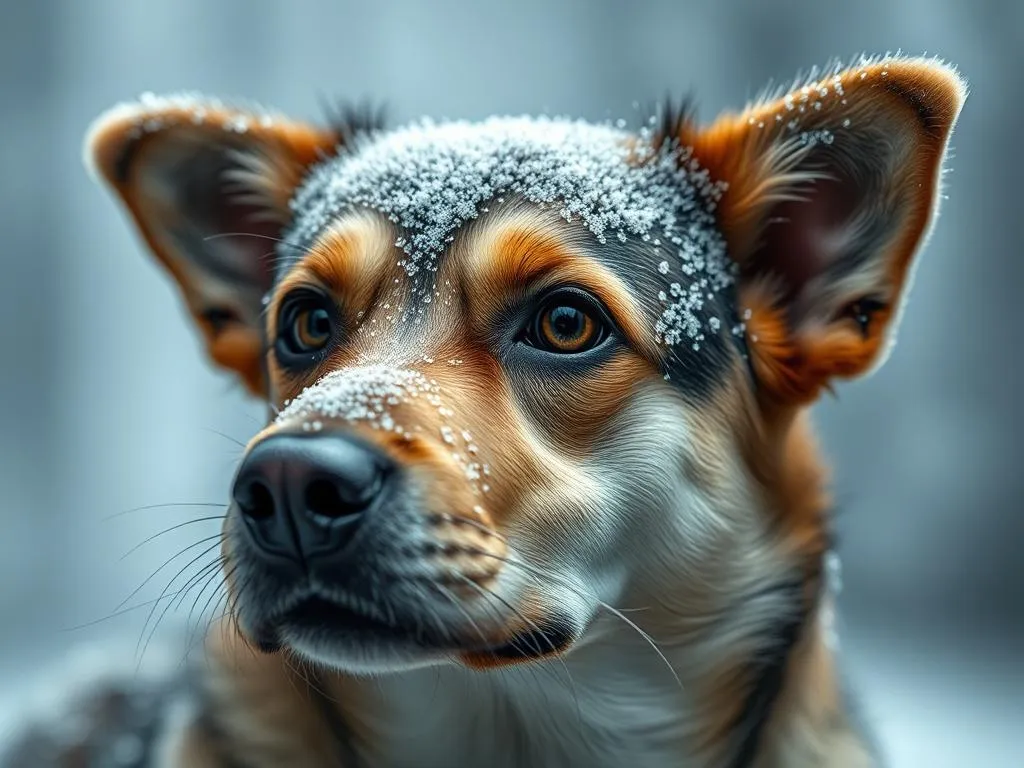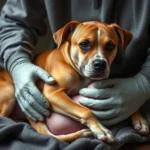
Introduction
Canine parainfluenza is a highly contagious virus that plays a significant role in canine respiratory disease, often contributing to kennel cough. This virus, alongside other pathogens, can lead to severe respiratory issues in dogs, making awareness and education vital for responsible pet ownership.
Maintaining the health of your dog is crucial for ensuring their longevity and quality of life. Regular veterinary check-ups, vaccinations, and proper hygiene practices are essential components of a comprehensive health care routine. Understanding canine parainfluenza is an integral part of this care, as it helps dog owners recognize symptoms, prevent infections, and seek timely veterinary assistance.
Understanding Canine Parainfluenza
What is Canine Parainfluenza?
Canine parainfluenza is classified as a virus within the paramyxovirus family. This virus is one of the primary contributors to upper respiratory infections in dogs, often seen in settings where dogs are in close proximity to one another, such as kennels, dog parks, and grooming facilities.
The virus spreads easily among dogs through aerosols or direct contact with respiratory secretions. An infected dog can transmit the virus to others by coughing, sneezing, or even through shared food and water bowls. Recognizing how canine parainfluenza spreads is vital for preventing outbreaks, especially in communal settings.
Symptoms of Canine Parainfluenza
The symptoms of canine parainfluenza can vary in severity, but common signs include:
- Coughing: This is often a dry, honking cough that can be persistent.
- Nasal discharge: Dogs may have watery discharge from their noses.
- Fever: A slight increase in body temperature may be observed.
- Lethargy: Infected dogs may seem less energetic or playful than usual.
In severe cases, canine parainfluenza can lead to complications such as pneumonia, especially in puppies, elderly dogs, or those with compromised immune systems. If a dog exhibits difficulty breathing, a persistent high fever, or shows signs of distress, it is crucial to seek veterinary assistance immediately.
Diagnosis
A thorough examination by a veterinarian is essential for diagnosing canine parainfluenza. During the examination, the veterinarian will assess the dog’s symptoms and medical history.
Diagnostic tests may include:
- PCR Test: This test can detect the genetic material of the virus in respiratory secretions.
- Serology: Blood tests can help identify antibodies against the virus.
Proper diagnosis is important not only for confirming the presence of canine parainfluenza but also for ruling out other respiratory diseases.
Prevention of Canine Parainfluenza
Vaccination
Vaccination is one of the most effective ways to protect your dog against canine parainfluenza. Several vaccines are available that can help prevent this virus, often included in combination vaccines for kennel cough.
Available Vaccines
The most common vaccines protecting against canine parainfluenza include:
- Bordetella bronchiseptica vaccine: Often administered as a nasal spray or injection.
- Canine parainfluenza vaccine: This is usually part of the DHPP (Distemper, Hepatitis, Parvovirus, Parainfluenza) combination vaccine.
Vaccination Schedule
Puppies typically receive their first vaccinations at 6 to 8 weeks of age, with boosters given every few weeks until they are about 16 weeks old. Annual boosters are recommended to maintain immunity against canine parainfluenza.
Hygiene and Environment
Maintaining a clean environment is crucial for preventing the spread of canine parainfluenza. Regular cleaning and disinfecting of dog areas—including kennels, grooming stations, and play areas—can significantly reduce the risk of infection.
Cleaning and Disinfecting
Using veterinary-approved disinfectants can help eliminate the virus from surfaces. It is also advisable to regularly wash dog bedding, toys, and food/water bowls.
Socialization Precautions
While socialization is important for a dog’s development, precautions should be taken, especially in areas where many dogs congregate. Avoiding crowded places during outbreaks and ensuring your dog is up-to-date on vaccinations can minimize the risk of exposure.
Treatment Options
Home Care
For dogs with mild symptoms of canine parainfluenza, home care can provide significant relief.
Symptomatic Relief
- Hydration: Ensure your dog has access to fresh water at all times.
- Rest: Limit physical activity to allow your dog to recover.
- Humidity: Using a humidifier can help soothe irritated airways.
Veterinary Treatment
If symptoms worsen or do not improve, veterinary treatment may be necessary.
Medications
Your veterinarian may prescribe medications to help manage symptoms, including:
- Antibiotics: If there is a secondary bacterial infection.
- Cough suppressants: To reduce coughing and irritation.
- Anti-inflammatories: To alleviate fever and discomfort.
Monitoring and Follow-Up
Regular follow-ups with your veterinarian are essential to monitor your dog’s recovery and adjust treatments as needed. This is especially important if your dog shows signs of complications.
Recognizing the Signs of Complications
When to Seek Veterinary Help
Being vigilant about your dog’s health is crucial, especially when it comes to recognizing signs of complications related to canine parainfluenza.
Red Flags
Seek immediate veterinary attention if your dog exhibits:
- Difficulty breathing: Labored breathing or wheezing.
- Severe lethargy: A noticeable decrease in energy and responsiveness.
- Persistent high fever: Elevated body temperature that does not subside.
Potential Complications of Canine Parainfluenza
If left untreated, canine parainfluenza can lead to serious complications. One of the most severe is pneumonia, which can occur when the virus weakens the respiratory system, allowing bacteria to invade the lungs.
Pneumonia symptoms include:
- Coughing up mucus: Often green or yellow in color.
- Rapid or shallow breathing: Increased respiratory rate and effort.
- Fever: Persistent high body temperature.
Early intervention is key to preventing severe complications, so prompt veterinary care is essential.
The Role of Regular Health Care in Preventing Canine Parainfluenza
Routine Veterinary Visits
Regular veterinary check-ups are crucial for maintaining your dog’s health and preventing diseases, including canine parainfluenza.
Importance of Regular Check-Ups
Routine visits allow veterinarians to assess your dog’s overall health, update vaccinations, and catch potential health issues early. This proactive approach can reduce the risk of infections and other complications.
Comprehensive Health Care
A comprehensive health care plan goes beyond vaccinations and check-ups; it includes proper nutrition and exercise to support a healthy immune system.
Nutrition and Exercise
A balanced diet rich in nutrients helps boost your dog’s immune system, making them less susceptible to infections. Regular exercise not only keeps your dog physically fit but also promotes mental well-being, contributing to overall health.
Grooming and Hygiene Practices
Regular grooming is important for maintaining your dog’s coat and skin health. It also allows for early detection of any unusual lumps, bumps, or skin irritations that may require veterinary attention.
Conclusion
Understanding canine parainfluenza and its implications is essential for every dog owner. By recognizing the symptoms, adhering to a vaccination schedule, and maintaining a clean environment, you can significantly reduce the risk of this virus affecting your dog.
Proactive health care measures, including regular veterinary visits and a well-rounded diet, play a vital role in keeping your furry friend healthy and happy. Awareness and education are key to enhancing the quality of life for dogs everywhere.
Call to Action
Now is the time to take charge of your dog’s health. Regular check-ups, vaccinations, and proper care are essential in preventing canine parainfluenza and other health issues. By staying informed and vigilant, you ensure a long and healthy life for your beloved pet.









